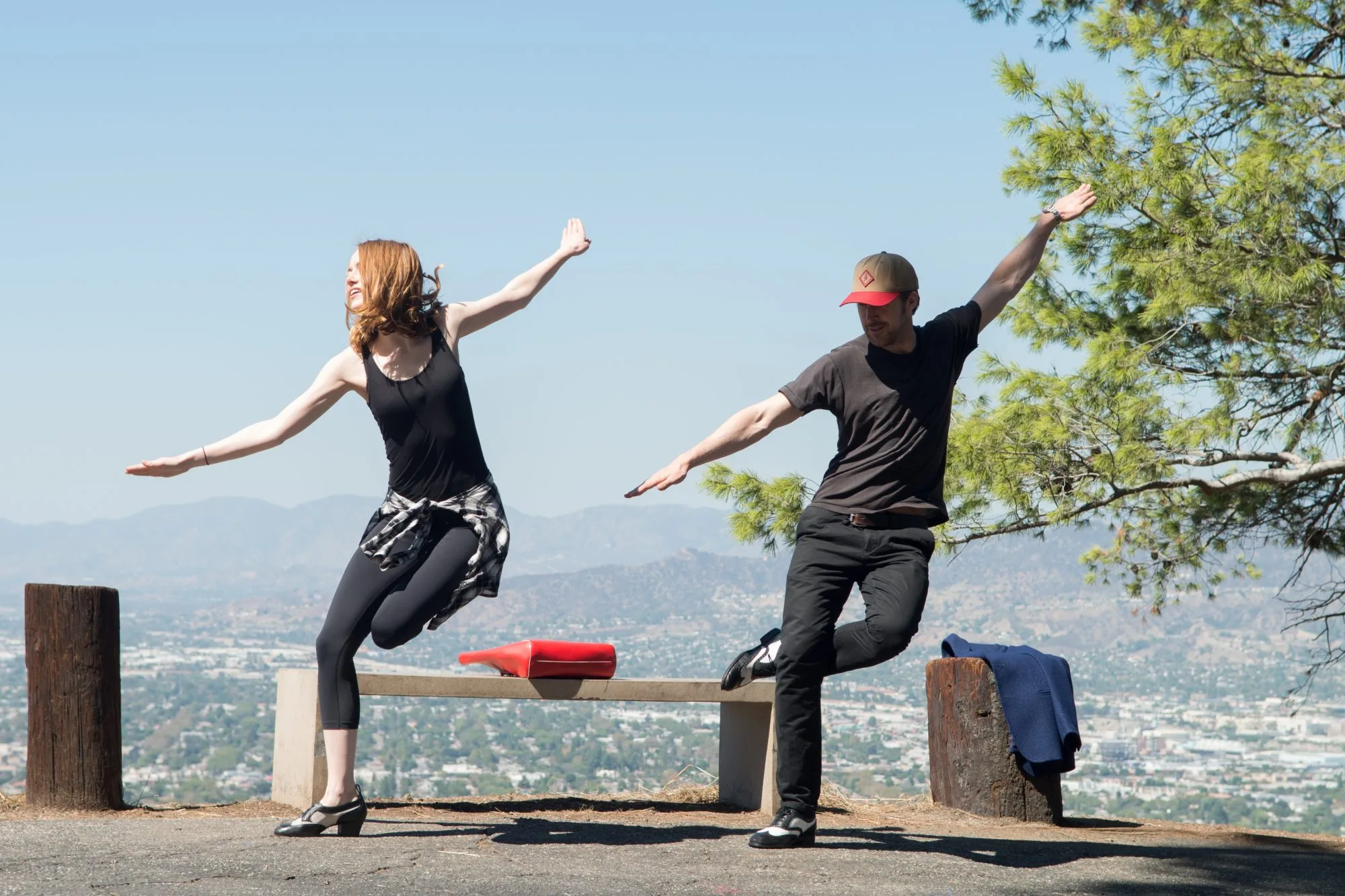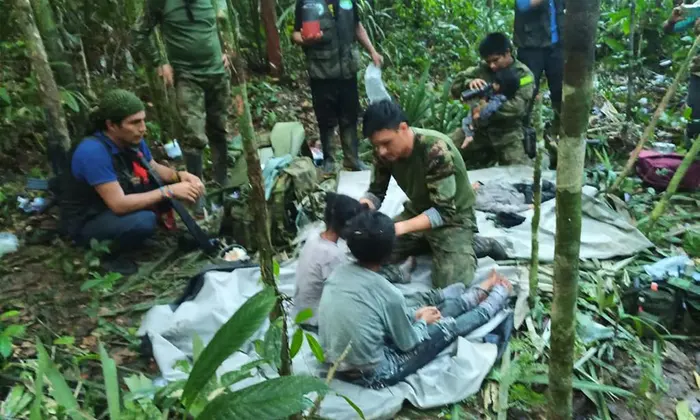
Here Is How Children Survived The Colombian Jungle For 40 Days
1. The story
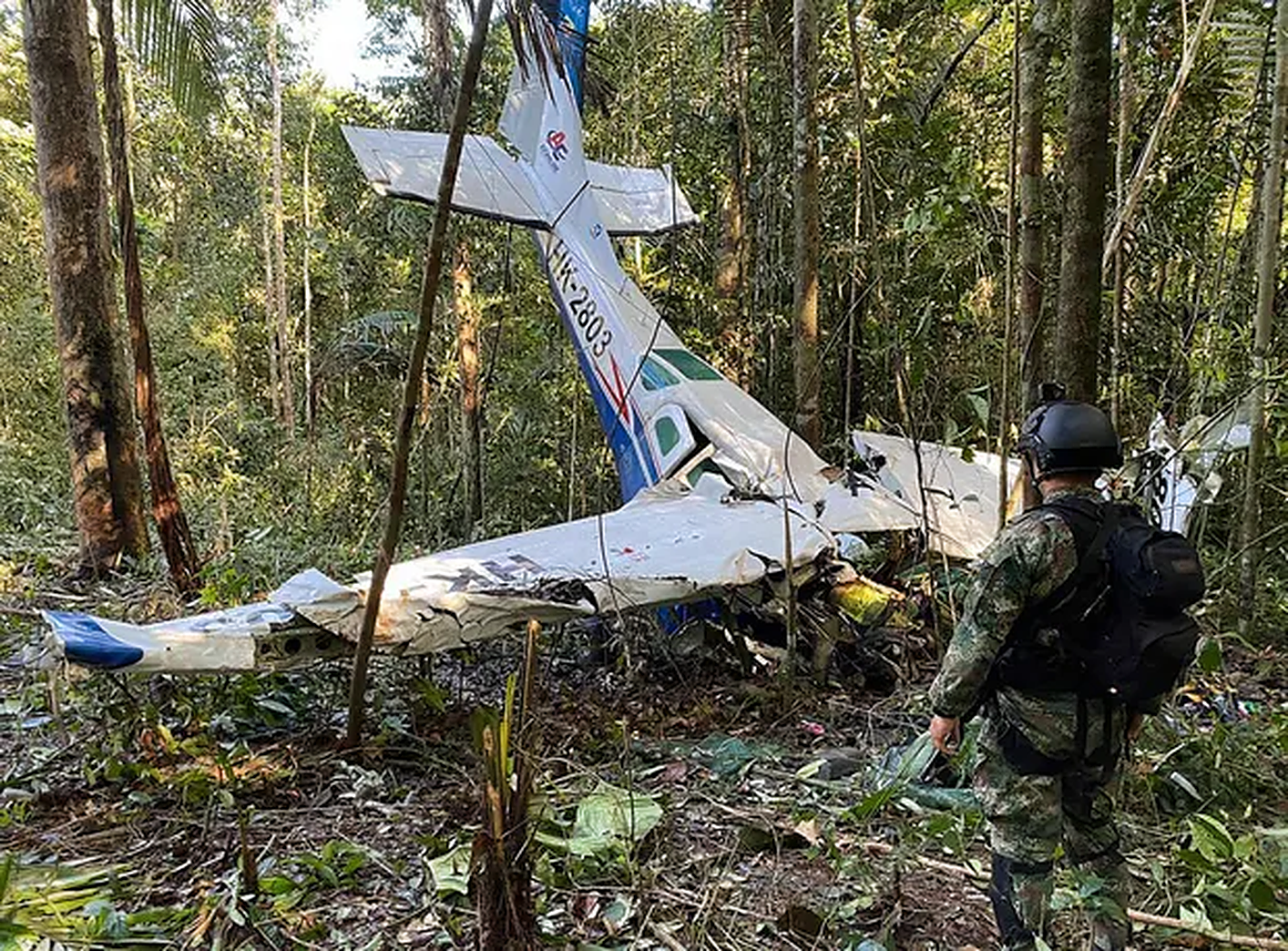
Image Source / theguardian.com
For those of you who haven't heard this incredible and heartbreaking tale, which can only be described as a miracle, you need to read on! A group of children (members of the Huitoto people) between the ages of one and thirteen were on a trip which went horribly wrong. After a plane crash fatally took their mother, the four children were left to fend completely for themselves. Astonishingly, against all odds, after 40 days in the Columbian jungle, the children were found alive. So, just how did these children manage to keep themselves alive?Advertisement
2. The search
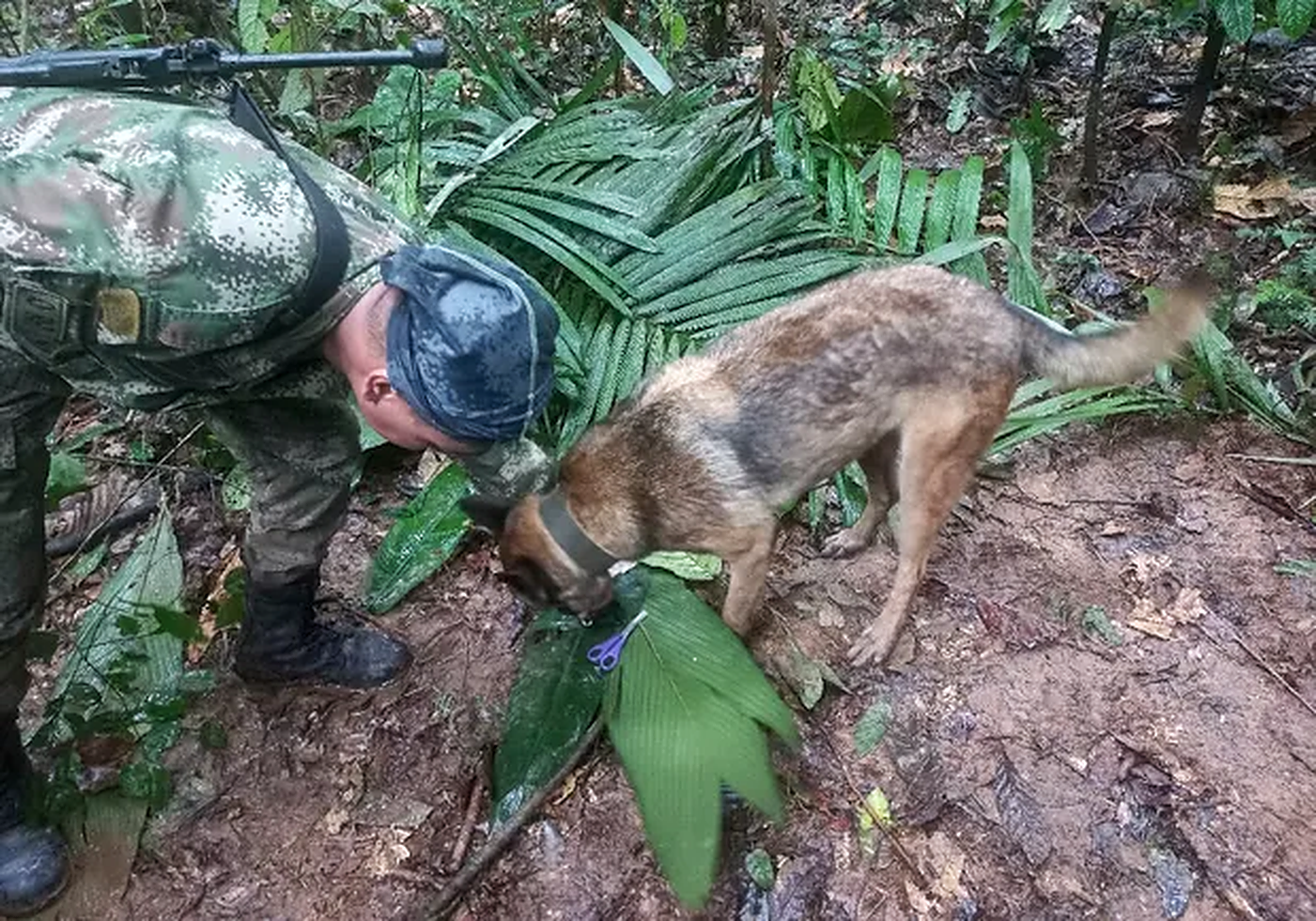
Image Source / theguardian.com
It wasn't easy to find the children. One rescuer likened the situation to finding "a tiny flea in a vast carpet", mainly because the children continued to stay on the move. Of course, the story attracted attention and before long there were hundreds of people on the case, volunteers and local authorities became involved. Whilst it felt like a losing battle, the children's grandmother never gave up hope. A recorded message by the grandmother was blasted through the jungle telling the children to stay still.Advertisement
3. The environment
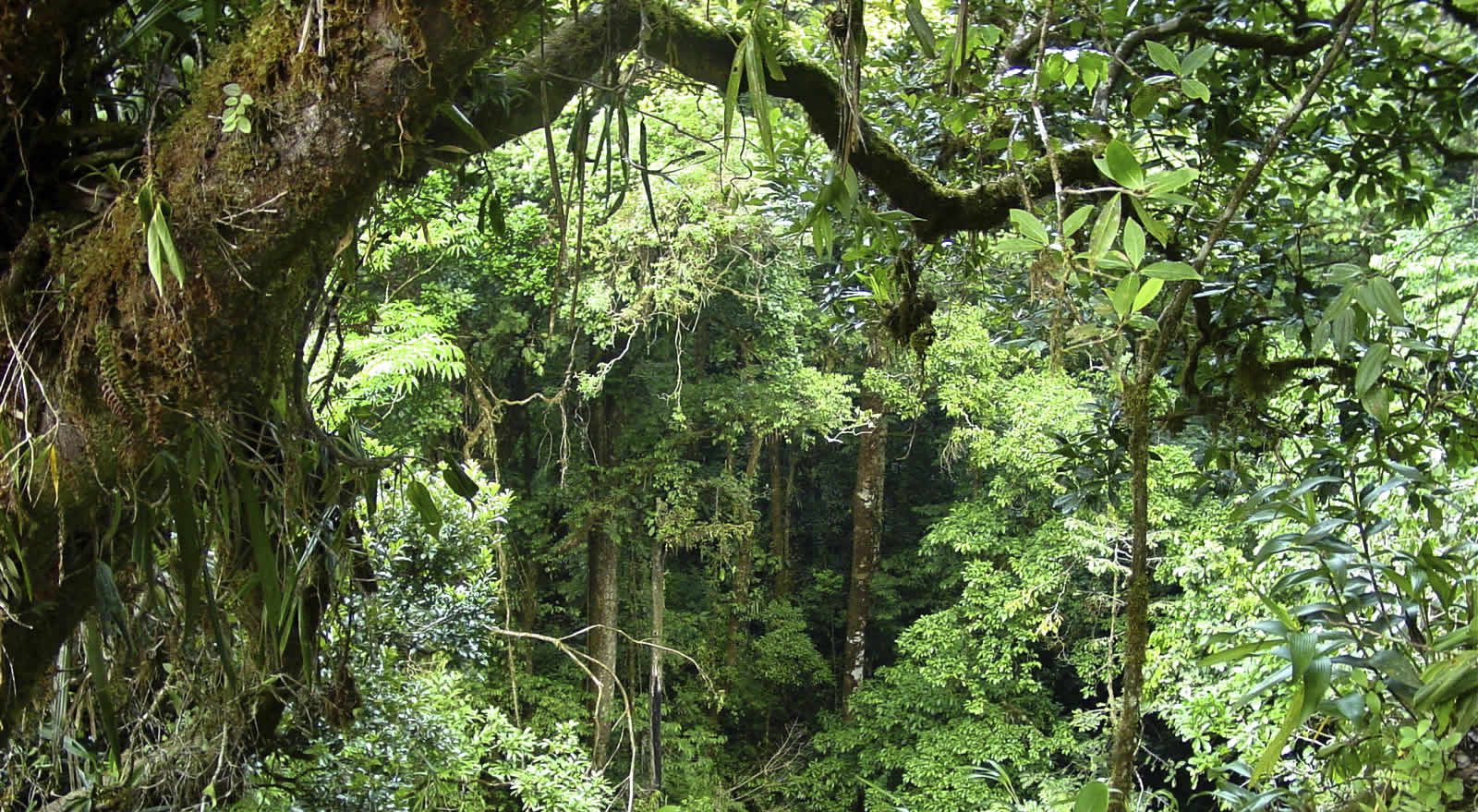
Image Source / news.newonnetflix.info
Of course, four young children lost in any environment would be a challenge. But this was the Columbian jungle that they were dealing with. This particular jungle is notoriously dangerous, and for a number of reasons. There are several deadly animals living amongst the dense vegetation, including snakes, jaguars and disease ridden mosquitos. The one aspect that the children had on their side was timing. They became stranded during harvest season, meaning that any edible fruit growing was in bloom.Advertisement
4. Survival school
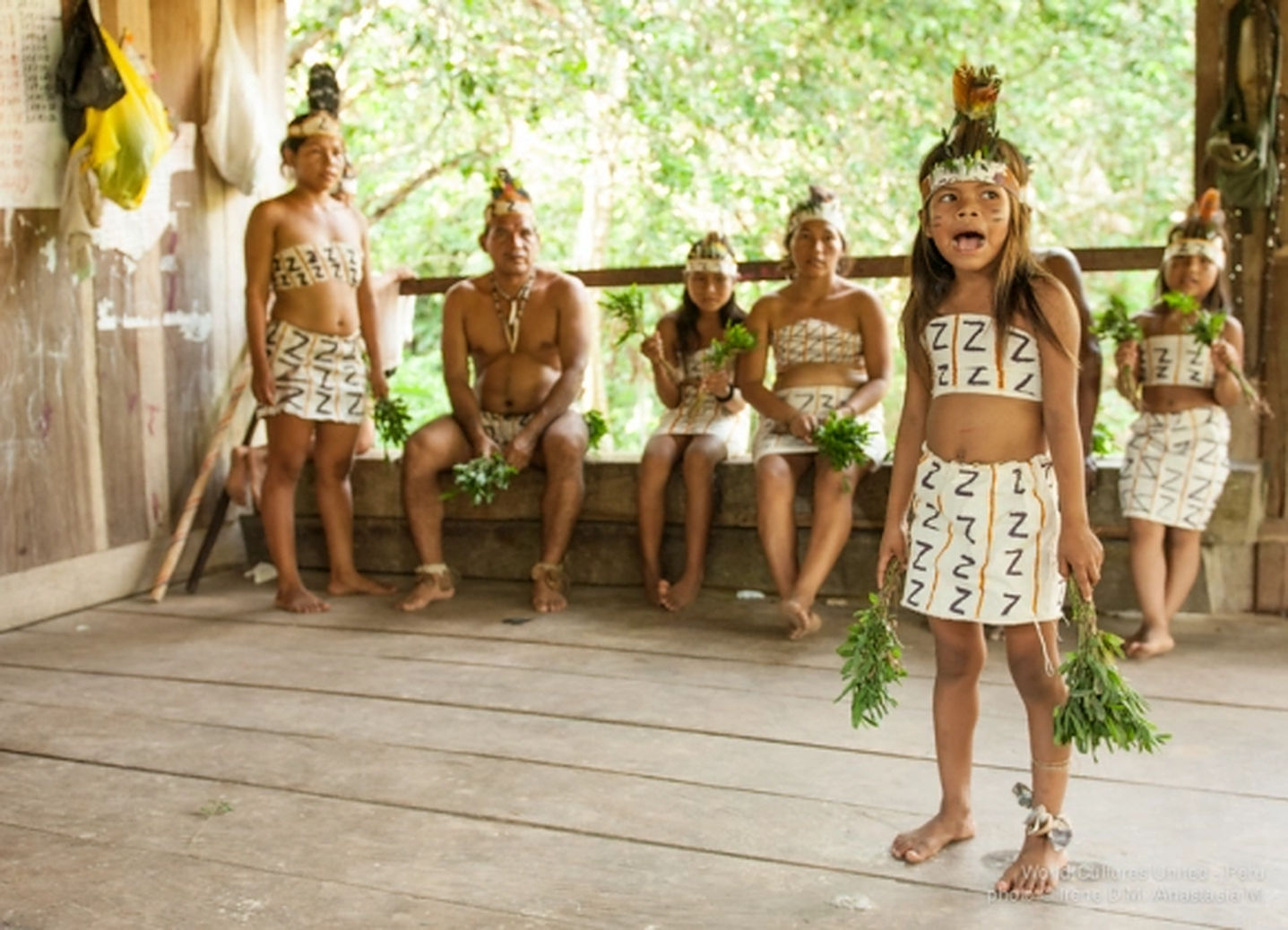
Image Source / worldculturesunited.org
If anybody had a chance of surviving in this highly dangerous environment, the Huitoto people's chances are higher than most. These indigenous people learn basic survival skills from a young age, through schooling and relatives. They know how to hunt, fish, gather resources and identify safe food and water. These particular children are said to have played "survival", pretending to be stranded in nature and overcoming fake challenges. The children had no idea how these games would one day save their lives. The eldest of the children, Lesly, even knew how to care for the baby.Advertisement
5. Naturally sourced water
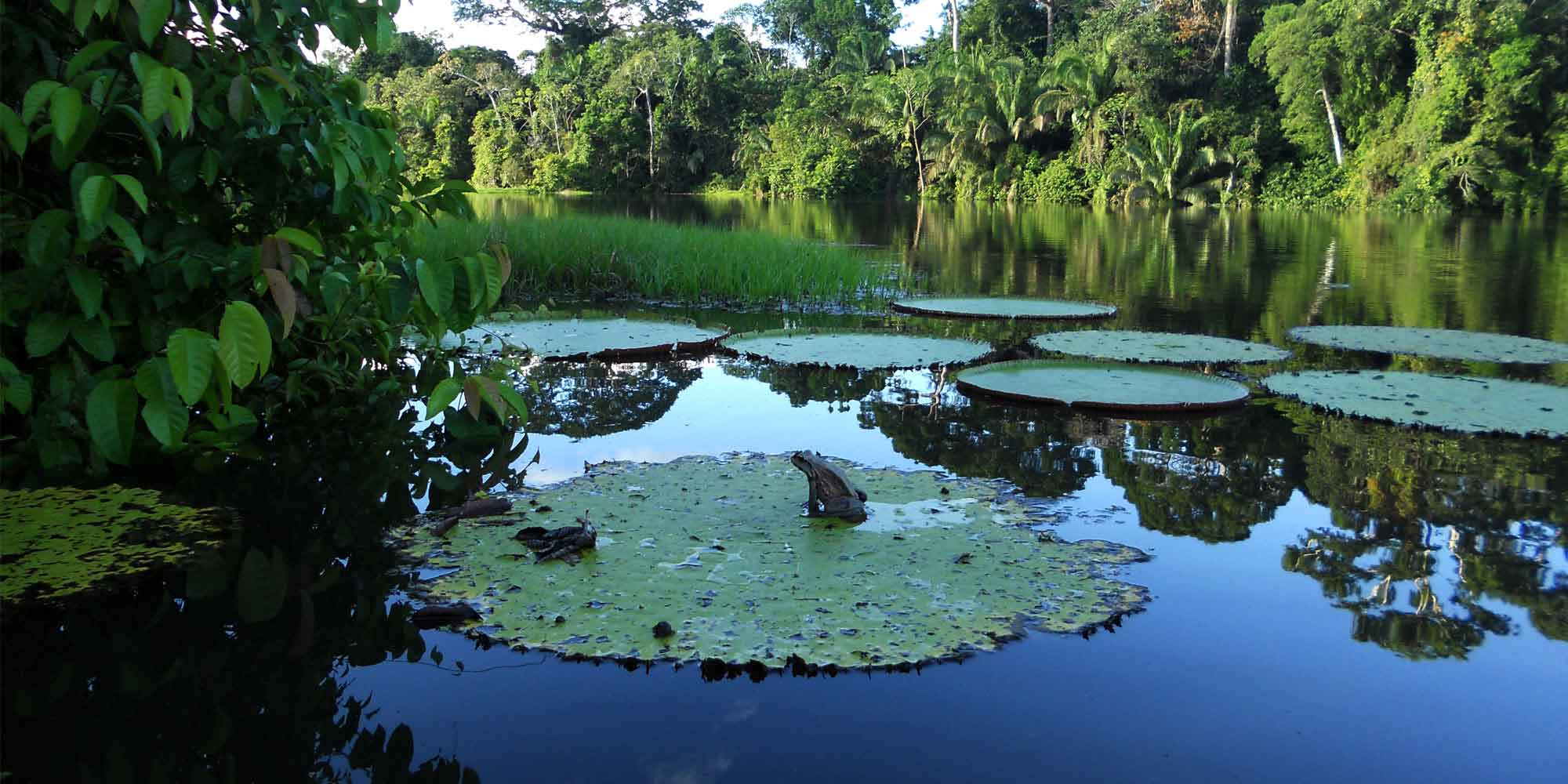
Image Source / uncovercolumbia.com
The children knew that if they were going to survive, they needed water. Staying hydrated became a priority of theirs and so they quickly set out to find natural drinking water. They kept hold of a bottle, making use of this to collect the water from safe sources. Luckily, these children knew what they were looking for and took care to drink from sources as free from contamination as possible. The key factor to determine safe water in the wild is other life - if there's signs of animal tracks drinking here, or green vegetation nearby, it's probably safe.Advertisement
6. Food rations
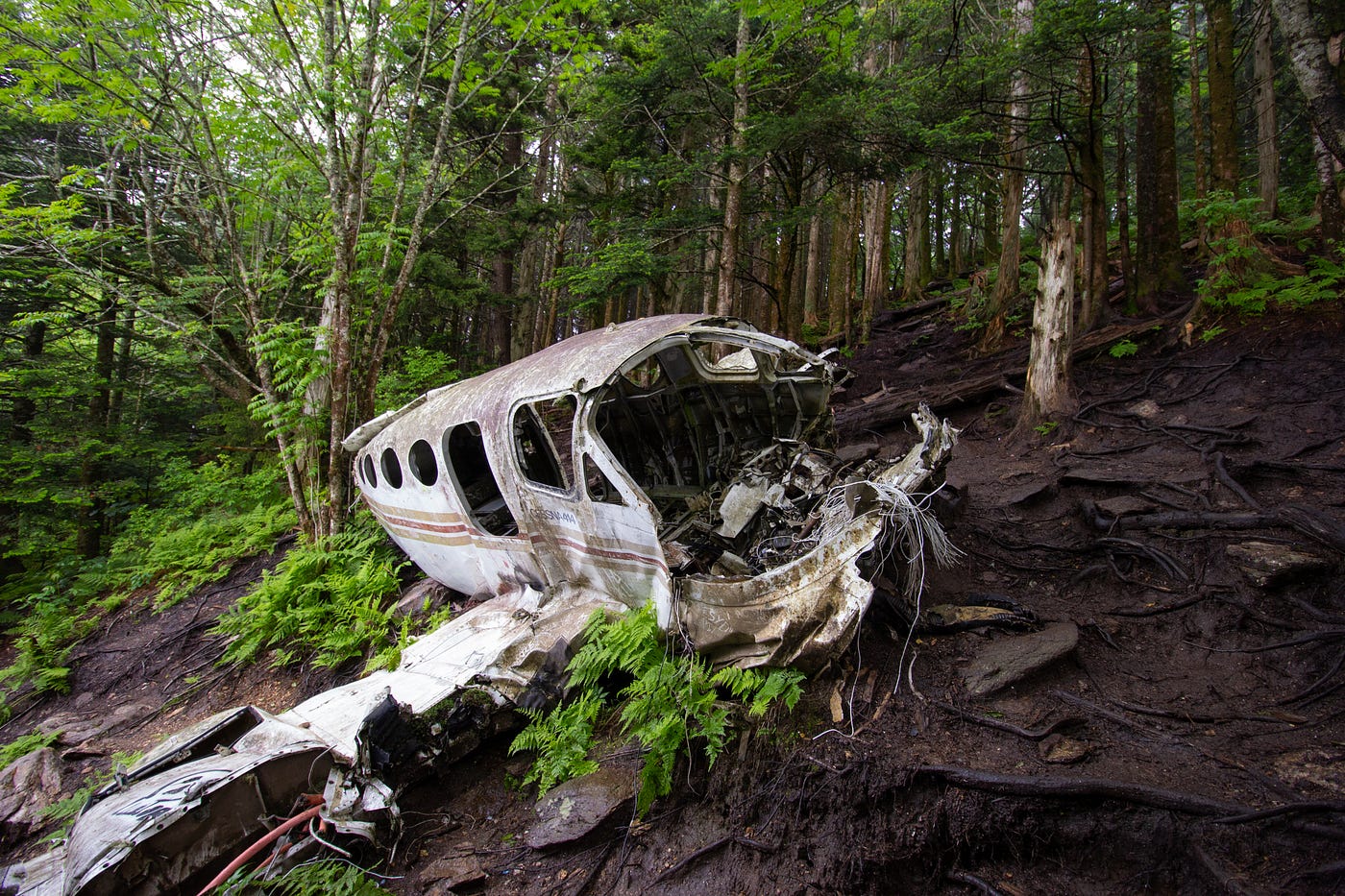
Image Source / medium.com
Luckily, there was some food to be found from the wreckage of the plane. The children took what they could from the crash, which included fariña, which is a type of cassava flour. Of course, flour alone isn't all that filling. And you'd expect hungry, desperate children to eat as much as they could until they felt satisfied. But these children knew better! They rationed the small amount of food that they had access to, eating just small amounts at a time to ensure it lasted as long as possible.Advertisement
7. Edible plants
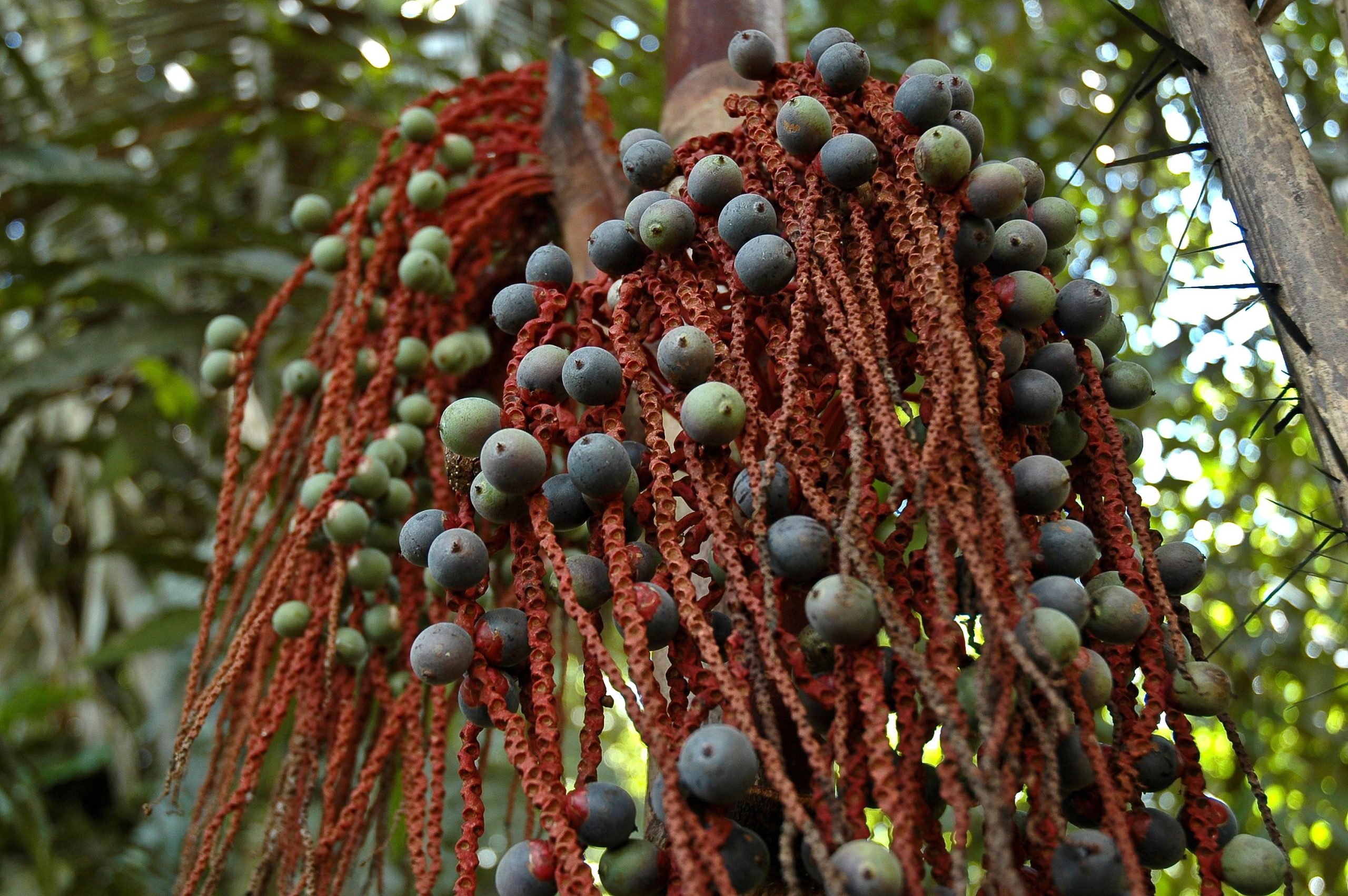
Image Source / edition.cnn.com
The children knew that they couldn't survive on flour alone (at least not for a long time) and they had no idea how long they would be stranded in the depths of the jungle. So, they used their familiarity with nature and their training to find edible plants and safe foods within the jungle. One example was the fruit from the avichure tree. The fruit is high in sugar, essential for energy, and has chewable seeds that could be likened to gum. In fact, when the children were rescued, one of the youngest still had a seed in his mouth.Advertisement
8. Makeshift shelters
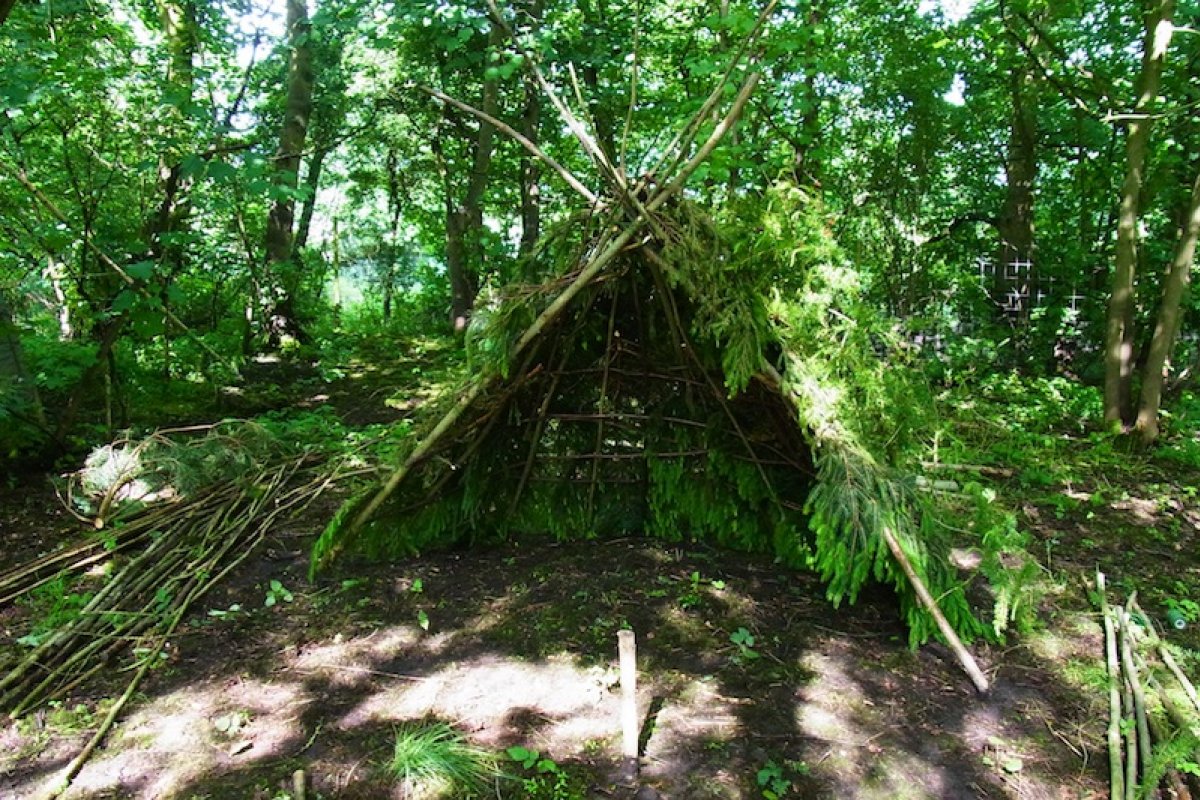
Image Source / fieldsportuk.co.uk
Once their food and water had been addressed, they knew that a strong shelter was needed if they were going to have a chance against the extreme weather and deadly animals lurking all around them. The eldest, Lesly, told rescuers that she had built shelter using branches and leaves, which she held together by using her own hair ties. Here is where they slept at night for warmth and protection. They also explained that they made use of the huge tree trunks, hiding in them from animals when needed.Advertisement
9. Caution with animals
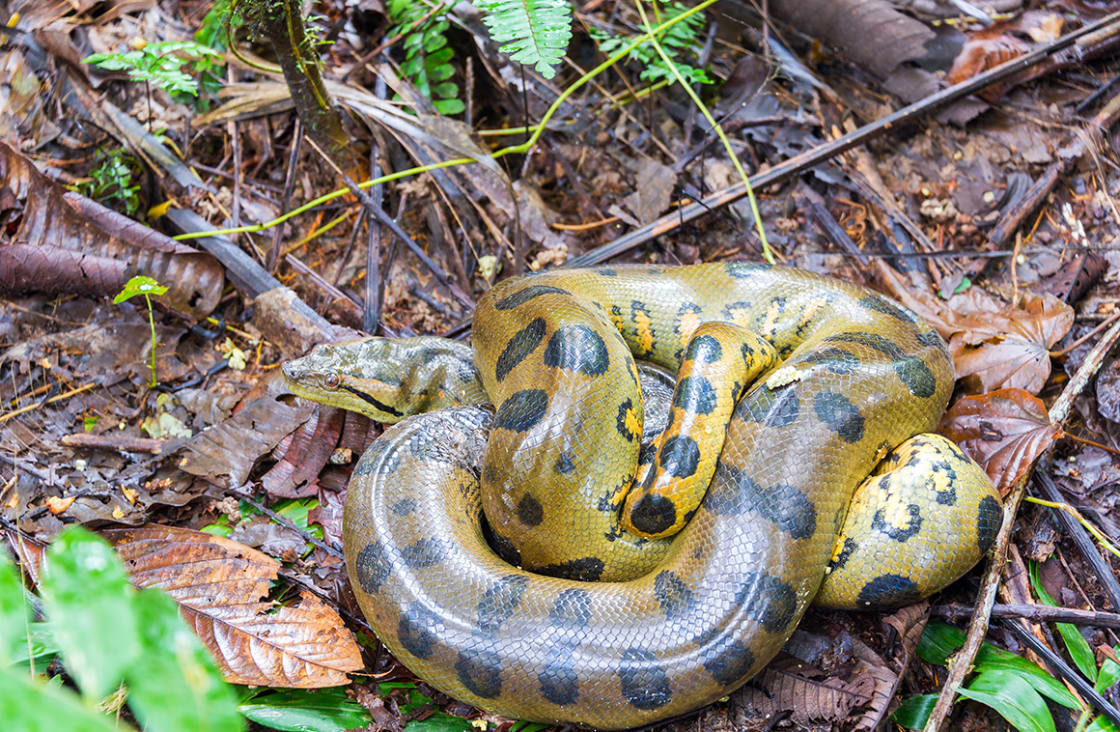
Image Source / rainforestcruises.com
Shelter or no shelter, there is no denying that whilst in the Columbian jungle, you're walking bait for the many predators, living right in their home. The children were sensible when it came to the animals, never letting their guard down and knowing to exercise caution at all times. They knew how to avoid dangerous confrontations as much as possible. They did this by staying away from areas where there had been signs of predators and avoiding hotspots for deadly snakes, such as swamps and thick grass.Advertisement
10. Safety in numbers
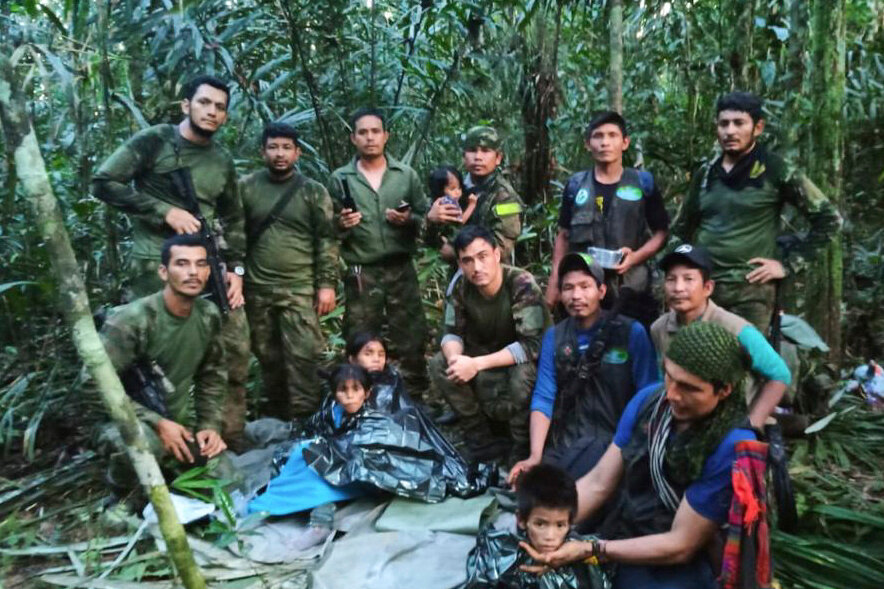
Image Source / nytimes.com
Never did the children spend any significant length of time apart. They knew that if they were going to survive, they needed to stay close together at all times. The saying 'safety in numbers' is true for a number of reasons! Firstly, they had more chance of warding off predators as a group. Secondly, if any of them were to be injured by the elements or dangerous terrain, they were never without help. And lastly, perhaps most importantly, they had continued emotional support and a sense of security with each other.Advertisement
11. SOS signals
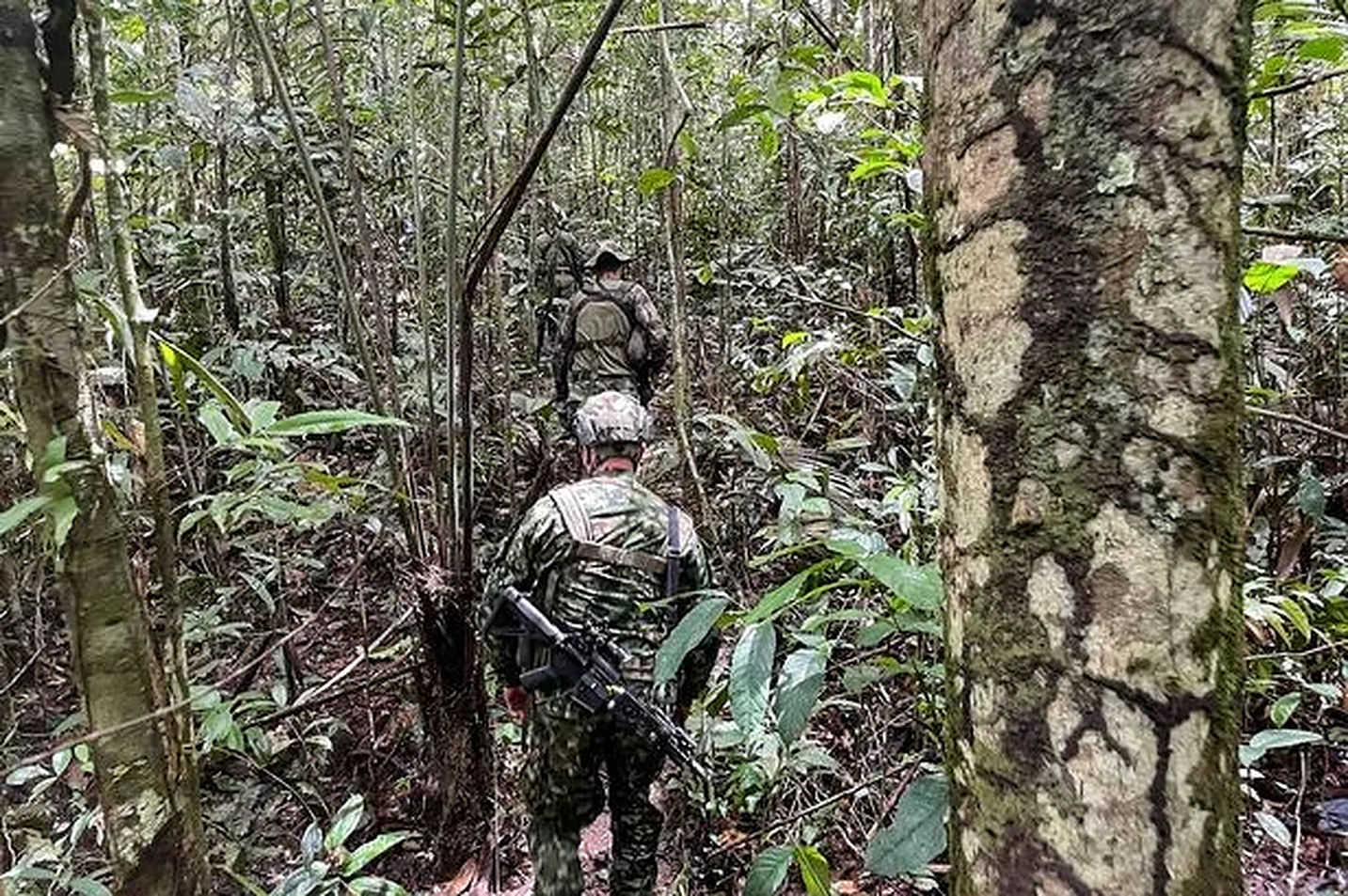
Image Source / dailystar.co.uk
The end goal for the children was of course to be found and rescued. Their astonishing survival skills were there to keep them alive and get by until they were once again safe and reunited with their families. They had hoped that there were people out their searching for them, and they knew that if there was any chance of being found, they had to try and communicate with their potential rescuers. With this in mind, the children used the materials that they could to try and create SOS signals. Some of these materials including rocks and branches.Advertisement
12. Keeping fit
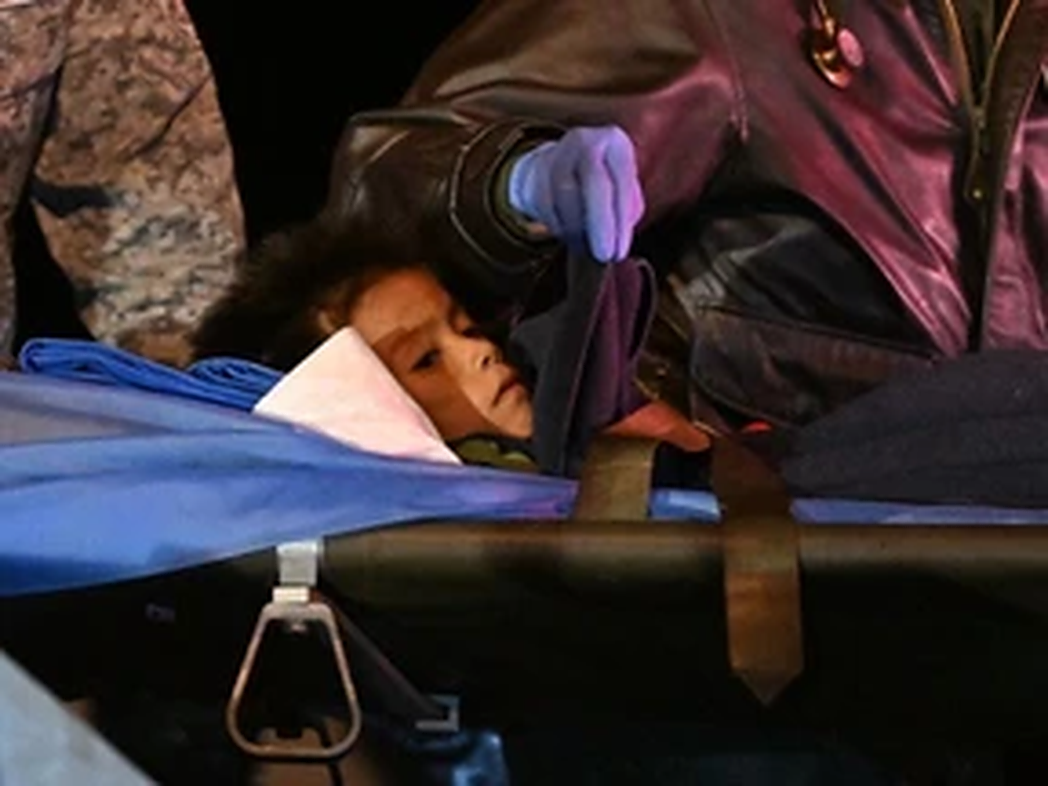
Image Source / nationalpost.com
To be able to carry resources, build shelter and deal with emergency situations, you've got to be in relatively good health. Maintaining mental and physical strength was absolutely vital if they were to continue surviving in the wilderness. To make sure this remained the case for the children, they kept as physically active as possible. This was done by keeping on the move, walking kept their bodies awake and their brains active. Their strength remained in tact by gathering branches and building.Advertisement
13. Creativity is key
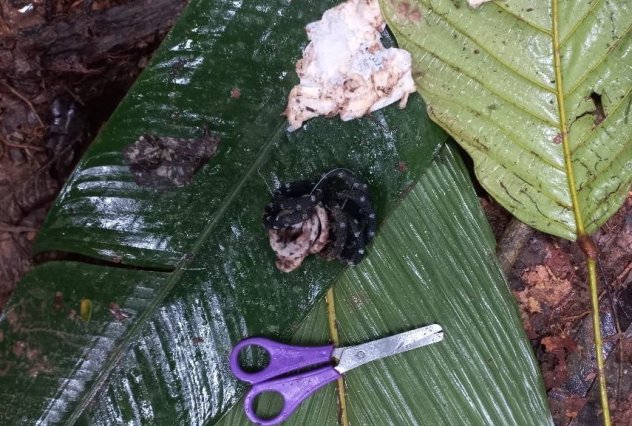
Image Source / accuweather.com
The children all certainly drew upon their inner creativity whilst they were living in the Columbian jungle. They had to think outside the box and use their resourcefulness when it came to overcoming the many challenges they faced. Aside from the small amount of supplies they were equipped with from the plane wreckage, the jungle does not have much to offer in terms of resources. Therefore, they had to use their imagination to fashion DIY tools and equipment from the limited materials available.Advertisement
14. Re-cycled clothing

Image Source / bbc.com
The clothing that the children were wearing became key materials for the basic tools and shelter that they created. Of course, their clothing first and foremost provided them with warmth and insulation at night. In addition to this, their clothes could be re-cycled as part of a shelter, helping protect them from the blazing sun during the day. The clothes also made it much easier to carry their supplies from place to place when they were on the move, such as seeds, bottles of water and tools.Advertisement
15. Raising spirits

Image Source / mirror.co.uk
Mental determination and the will to carry on is massively underestimated when it comes to survival. If your brain gives up, your body will soon follow. The children prevented this from happening by trying to keep their spirits up as much as possible. They did this by telling each other stories to distract from their reality, chatting about how life will be once they are rescued and even singing songs to pass the time and boost their endorphins. Of course, I can only imagine this became increasingly difficult as the 40 days went on.Advertisement
16. Sun navigation

Image Source / reddit.com
The children knew that they couldn't wander too far away from the wreckage if they were to leave themselves any hope of being found. Whilst they made sure they stayed on the move to keep themselves safe from predators and keep their brains active, they needed some way of navigation. Luckily, these children knew how to use the sun to do this, as most Huitoto people do. The sun rises in the east and sets in the west. So, even without a compass or a watch, you can use this knowledge to determine time and direction.Advertisement
17. Keeping watch

Image Source / commons.wikimedia.org
One of the most vital aspects of survival in the depths of the Columbian jungle is to never let your guard down. Deadly animals could strike at any time, night and day. Whilst sleeping and vulnerable, this gives predators the perfect opportunity for an easy meal. The children knew this and so they made sure to take turns keeping watch at night to ensure their safety. This way, they all managed to sleep and recharge whilst making sure they were aware of their surroundings and the dangers at all times.Advertisement
18. Consistent water

Image Source / commons.wikimedia.org
Once the children realised that they were likely to be in the jungle for some time, with no idea of how long they would need to survive out there, they made sure to have the essential resources nearby and readily available. Of course, constant hydration was needed to stay alive, stay focused and stay energised. So, they managed to find a small stream that they knew would provide them with consistent, reliable and safe water. They continued to venture back to this same stream to keep their water supply topped up.Advertisement
19. Hopefulness

Image Source / phys.org
The power of hope is what keeps people going, this is true for most circumstances. If they were to give up hope of being found, it wouldn't be long before your mind and body shut down. They couldn't afford for a single one of them to lose the fight inside them, so they made sure they practiced hopefulness every single day. The children were naturally resilient and they drew upon this, fighting every day with the same determination as the last. They all said they remained hopeful throughout their time in the jungle.Advertisement
20. Letting off steam

Image Source / fox10phoenix.com
I don't know about you, but even as an adult, I can't even begin to imagine the mental toll of surviving for 40 days in the Columbian jungle. Now, picture that you're a child, who's just tragically lost their mom, with no idea how long until you can be reunited with your family and go back to some kind of normality. We're talking an unimaginable amount of stress and trauma. These emotions are no good held in. To let off steam, the children allowed themselves to cry, talked to one another and sang songs to try to manage the heavy emotions.Advertisement
21. Adaptability
Image Source / theweek.in
The jungle is certainly far from a predictable environment. Since their return, experts have praised the children for their incredible perseverance and adaptability. Their constant need to use their problem solving skills has proven to be genuinely remarkable. They had to learn new skills under pressure and work together as a team to deal with daily, ever-changing challenges. Examples are finding food and water sources, shelter building, staying safe in the face of animals and mental adaptation.Advertisement
22. Teamwork

Image Source / nybreaking.com
The fact that all four children managed to survive together in the extremely traumatic and challenging environment truly has demonstrated the power of teamwork. They used their unity to be strong in the face of challenges, knowing that they were only going to survive if they worked together and not against one another. It's clear that the siblings carried a huge amount of support for each other, mentally and physically, throughout the duration of the forty days. They took turns dealing with labour to give each other breaks when they were in need.Advertisement
23. Following sound

Image Source / thehill.com
When the time finally came for the children to be rescued, they were alerted by the sound of a helicopter in the distance. The children made their way towards the sound, all hopeful that the sound would be their rescuers. Finally, they found their way to a clearing where they were discovered by a team of Colombian soldiers and Indigenous volunteers. By the time that they were found, the children had actually been missing for more than forty days. The team were astonished to find that not only were they alive, but in relatively good health.Advertisement
24. Safe return

Image Source / bbc.com
Colonel Pedro Sánchez, the leader of the search team, said that they were ready to give up hope after searching for the children for over forty days. He believes his team eventually found the children out of "pure luck" when they discovered the children's camp. You can only imagine the emotion when the father was reunited with his children. He had been searching for them every day since the crash, never giving up hope. The story had become widespread news. And so the entire community and the world was overjoyed by their safe return.Advertisement
25. Medical checks

Image Source / abc7ny.com
Of course, whilst the children had done an amazing job of keeping themselves and each other alive throughout their time in the jungle. Professionals undertook thorough examinations of the children to ensure their health and rehabilitate their well-being. Once rescued, the siblings were immediately taken to a military base in San José del Guaviare to be treated, they were dehydrated and malnourished. However, it's safe to say the children appeared to have no long term damage to their physical health.Advertisement
26. Inspiration

Image Source / ndtv.com
This astonishing story of survival, human spirit and teamwork has become an inspiration to people all over the world. It has demonstrated an unimaginable amount of human resilience, which is made even more incredible that it has come from four young children. Their story definitely serves as a reminder of the importance of hope and the power it has to drive people forward. It's been said that following this trauma, the children have come out of the experience closer together, stronger and determined.Advertisement
27. Safety protocols

Image Source / manilatimes.net
This horrendous accident sparked discussions all over the world about how safety protocols may be improved in attempt to prevent situations such as this in the future. With the outcome of the children's safety being nothing short of a miracle, the community felt the very real possibility of almost losing them. Therefore, since the incident, preparation for emergencies have been a key topic of conversation. One example is how air travel in remote areas can be made more safe, including stricter safety regulations for flights in these areas.Advertisement
28. Implementing changes

Image Source / consent.yahoo.com
Authorities came together, working to improve safety measures. Particularly since these children were all under the age of 13, conversations are being had about ensuring sufficient adults are taken to supervise children during remote trips. It's also been discussed that the adults are to have extensive training for emergency situations. Some have argued that all children should have a mandatory tracking device during similar excursions, to prevent them becoming lost in the event of an emergency.Advertisement
29. A significant chapter

Image Source / thesun.ie
The children's experience in the jungle together will without a doubt be the most significant chapter in their entire lives. They will forever remember the resilience, strength and incredible determination that they demonstrated, which will drive them forward in all future challenges that their lives may present. These siblings will have an unbreakable bond unlike no other, as nobody else can begin to understand what they went through. We still only know a tiny percentage of information about their time in the jungle, and more of the story is bound to come out in the children's own time as they're ready to speak.Advertisement
30. Future lessons

Image Source / news.sky.com
As always, humanity can learn a thing or two from this tale, which is both devastating and moving. It has most certainly highlighted the importance of hope, teamwork, knowledge, and resilience. This story of survival demonstrates that if four young children can come out of this scenario fighting, then human nature can do incredible things when it comes from a place of teamwork and compassion. We can take a good look at the amazing qualities of these children, reflecting upon the importance of implementing these qualities into our own lives.Advertisement
31. These people survived the unsurvivable: falling without a parachute
 image source: buzzfeed.com
image source: buzzfeed.com
A woman named Vesna Vulovic was working as a flight attendant on the JAT Flight 367 when it crashed in 1972 - and not only did she manage to survive, but she was the sole survivor. The plane itself broke apart in the air due to explosives, and while other passengers were dragged out of the plane, Vulovic was actually stuck inside as it fell. She ended up falling with the plane 33,000 feet, without a parachute, and managed to survive. It's believed the snow in the area at the time, as well as the trees, managed to cushion the fall of the fuselage - and Vulovic inside!Advertisement
32. 11 days in the Amazon rainforest
 image source: buzzfeed.com
image source: buzzfeed.com
A woman named Dr. Juliane Diller was another passenger victim to a plane that broke in half in mid-air - she was only 17 years old at the time, and managed to survive the fall. Again, she was the sole survivor of the accident, leaving her to fall two miles into the rainforest, en route from Peru. She had been flying with her mother at the time when the plane was struck by lightning - her mother tragically didn't survive. When Juliane fell to the ground, she was knocked out and woke with a broken collarbone and other severe injuries, leaving her to walk through the Amazon rainforest for 11 days until she found rescue.Advertisement
33. 14 months lost at sea
 image source: buzzfeed.com
image source: buzzfeed.com
Being lost at sea has to be one of the most terrifying thoughts for a lot of people, but that's exactly what happened to a man named Salvador Alvarenga. He had been working as a fisherman, with another man on board, when their boat got caught in a storm. As they ended up lost in the open water, they had to survive on fish and birds, until Salvador's crewmate gave up and eventually died. Alvarenga then managed to survive 14 months alone at sea, until he discovered land on the Ebon Atoll, in the Marshall Islands, where he found help.Advertisement
34. Trapped under a boulder
image source: buzzfeed.com
If you haven't seen, or at least heard of, the movie 127 Hours, you should go and watch it now to know this man's story. 127 hours refers to the amount of time Aron Ralston's arm was crushed under a bolder when he was climbing in Utah - completely alone, with no one knowing where he was, and no hope of rescue. Aron was trapped with only a small amount of water and food. Giving up hope, Aron ended up recording his last will using the video camera he had with him... before he decided the fight wasn't over. He ended up amputating his own arm to free himself, and managed to find help.Advertisement
35. Stranded in the remote mountains
image source: buzzfeed.com
A rugby team from Uruguay were traveling on a plane when it crashed in the Andes mountains. While 33 of the 45 on board survived the crash, they were now faced with how to survive in the remote wilderness, with no hope of rescue as the initial search was called off. With not enough food supplies, the survivors were forced to actually eat the bodies of the people who had died in order to survive. More of them began to die, including some who died in an avalanche in the mountains, until eventually, the 16 men who were left managed to find help.Advertisement
36. Crashing into the Indian Ocean
image source: buzzfeed.com
Another tragic airplane crash with only one survivor. Bahia Bakari was only 13 years old when she was traveling with her mother via plane to visit her family. Tragically, the plane crashed in the Indian Ocean, leaving the young girl as the sole survivor. She managed to stay alive by using debris from the plane crash to stay afloat in the water, for around nine hours. Luckily, she didn't have to wait much longer in the choppy waters before rescuers found her, but she was so exhausted she couldn't swim, and was later treated in hospital.Advertisement
37. Sticking your head in the largest particle accelerator
image source: buzzfeed.com
We don't know why you'd think this was a good idea, but this guy apparently did - and luckily, he survived. The largest particle accelerator in the Soviet Union had a piece of faulty equipment inside it, so a man named Anatoli Bugorski stuck his head inside to try and fix it. Unfortunately, he stuck his head in the path of a proton beam that was shooting through. When describing what happened, he said that he didn't feel pain, but he did see a flash "brighter than a thousand suns". The amount of electron volts that passed through him was more than enough to kill him - but it didn't. He suffered paralysis on one side of his face, but he survived.Advertisement
38. A passenger on the Titanic
image source: buzzfeed.com
We know that there were luckily at least some survivors of the Titanic tragedy - but the idea that some people actually did live through it and survive it is still an unbelievable thought. One of those people was Dick Williams, a tennis player who decided to book a ticket on the fateful ship. He was traveling with his father, and the both of them helped people onto lifeboats as the ship was sinking. Dick's father was killed, while Williams ended up in the sea and managed to find safety on a lifeboat that was in the water. He was one of the people rescued by Carpathia, and went on to have a successful tennis career.Advertisement
39. A passenger on a spaceship that disintegrates
image source: buzzfeed.com
Peter Siebold was on board the Virgin Galactic SpaceShipTwo when it disintegrated, and plummeted over 50,000 feet. While his co-pilot died in the accident, Peter managed to survive. He remembered the spacecraft's cabin falling apart around him, and then he went in and out of consciousness as he fell that terrifying fall down to the desert out of the sky. He managed to catch himself in consciousness long enough to eventually deploy his parachute in time, leaving him to land in a brush with a series of injuries, including a broken arm.Advertisement
40. 47 days on a raft in the Pacific ocean
image source: buzzfeed.com
The tragedy of this man's story is that even after he survived so long out to see, his troubles weren't over even after he was rescued. Louis Zamperini was a soldier in World War II, whose plane crashed into the Pacific ocean. He then spent 47 days on a life raft, having barely anything in terms of water and food, but during this time he was also battling off sharks as well as Japanese enemy soldiers who were trying to shoot him from their planes. When he was eventually rescued, it was by none other than the enemy - he was then taken as a prisoner of war. He remained a prisoner until the war was over, but through all that, still survived.Advertisement
41. Surviving a volcano eruption
image source: buzzfeed.com
A man named Ludger Sylbaris was present for the volcanic eruption of Mt Pelee, close to Martinique. He was one of the few survivors of the eruption, and he survived for a very random reason. The actual eruption of the volcano was so severe that it killed 30,000 people in the city and obliterated nearly every building. At the time, Ludger was actually in a jail cell, after being put there for being drunk and disorderly. If he hadn't been in that cell, he likely would have perished, too. Instead, he had to watch the ash come through his cell doors, and managed to survive in there for four days before being discovered.Advertisement
42. Underwater for three days
image source: buzzfeed.com
Harrison Okene was working as a tugboat cook on a ship that ended up sinking, killing everyone else on board and leaving Okene as the only survivor. When the ship was sinking, the torrent of water pushed Okene into the toilet area, trapping him there, eventually leaving him 100 feet under the water and stuck for around 60 hours. The only reason he managed to survive was a tiny air pocket in the toilet space he was trapped in which allowed him to breathe. That doesn't mean he wasn't in complete darkness and ice cold water, though. He was eventually rescued by divers who heard his banging. He shouldn't have survived at 100 feet deep for so long!Advertisement
43. Over four years on a deserted island
image source: buzzfeed.com
This might sound like something Captain Jack Sparrow would be capable of, but it actually happened to a man in real life. Alexander Selkirk was a privateer, and actually the inspiration behind the story we all know of, Robinson Crusoe. Back in 1704, Selkirk had tried to lead a mutiny against his ship's captain, and was forced on an island, alone, as a result, with a small amount of supplies. The ship left him behind, and Selkirk managed to survive on the island for over four years before he was rescued by another ship passing by.Advertisement
44. And how about some celebs who survived plane crashes? Ashton Kutcher
 image source: skynews.com
image source: skynews.com
Anybody surviving a plane crash is a miracle, and it also happens to celebrities who survive them more than you'd think. Ashton Kutcher was actually traveling in a plane with his wife at the time, fellow actress Demi Moore, when the engine of the plane overheated and they managed to make an emergency landing before the situation got any worse. Another time before that Kutcher has been traveling in a plane that lost air pressure in the cabin and he had to give CPR to a fellow traveler after the oxygen masks didn't work!Advertisement
45. Patrick Swayze
image source: express.co.uk
Actor Patrick Swayze was traveling in his private plane when he was forced to crash land it on a street in Precott Valley, Arizona! He told the Federal Aviation Administration that he had been forced to make a crash landing due to pressure problems. The trouble is, it was later revealed that there was alcohol on the plane which those on board attempted to hide, leading people to believe the 'pressure problem' was just a lie to police and the plane had actually crash landed because of the influence of alcohol... luckily, there were no serious injuries.Advertisement
46. Sandra Bullock
 image source: vanityfair.com
image source: vanityfair.com
When actress Sandra Bullock was traveling on a plane with her boyfriend of the time and two plane crew members, it ended up landing in spectacularly dangerous fashion as it skidded off the runway and ended up ploughing into a snowbank. The plane was seriously damaged, but luckily the same couldn't be said for the people on board. Funnily enough, Bullock had recently starred in a movie at the time that had a very similar scene with her and her on screen partner being on board a plane that didn't manage to take to the runway the way that it should!Advertisement
47. Barack Obama
 image source: cnn.com
image source: cnn.com
Barack Obama's scary experience with a plane wasn't in fact his time on board Air Force One as president, but happened during a time before that. He had been traveling for his presidential campaign and on a plane on a Chicago runway when the tip of the plane's wing actually clipped the wing of another aircraft that was parked on the runway. No one was hurt, luckily, but that wasn't the only troubling experience he had with planes - after another plane had taken off, the pilot then said he didn't have full control. A crash was avoided as eventually the pilot managed to take back control and land safely!Advertisement
48. Bono
 image source: bbc.com
image source: bbc.com
The U2 frontman was traveling on a plane from Dublin, Ireland, to Berlin when he had a terrifying experience nobody wants to have on a plane! Bono was traveling on the plane with four friends when the door of the tailgate end of the plane completely broke off. Luckily, the only thing lost through the doors was some luggage bags. Rather than lament over the very close call and his lost luggage, Bono landed to then continue for an awards ceremony performance like the professional he is. Maybe the lost luggage wasn't his bag!Advertisement
49. Travis Barker
 image source: nationaltoday.com
image source: nationaltoday.com
The drummer of Blink-182 and now husband of Kourtney Kardashian, Travis Barker was involved in a devastating plane accident which he luckily survived. Other people on board weren't so lucky. Barker had been traveling with 5 other people on a chartered flight, which then suffered a tire blowout. The plane crashed attempting to take off, and both of the plane's pilots were killed, along with two passengers. Barker and another man were the only two survivors, left with second and third degree burns. They were taken to hospital for treatment.Advertisement
50. Harrison Ford
 image source: foxnews.com
image source: foxnews.com
Harrison Ford's characters on screen are known for getting out of sticky situations, as well as immense piloting skills. In real life, Harrison Ford does actually have a license to fly a plane. Unfortunately, that doesn't mean he's managed to avoid an accident or two. He once crashed a helicopter in California, luckily surviving the incident, before a few years later he crashed again - a vintage plane - onto a golf course. He survived, but broke his ankle and his pelvis. Alongside this, there have been other incidents of him making 'risky' landings in his aircrafts...Advertisement






